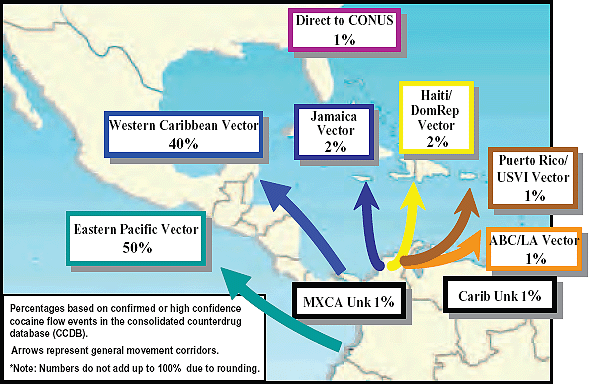DISCLAIMER: I don't get paid or compensated in anyway to review anything. So the opinions expressed are mine alone, unsullied by filthy lucre.
I recently added a Smith and Wesson M&P 2.0 9mm 5" FDE (Flat Dark Earth) with safety to my stable of 9mm handguns.
 |
| It Shoots Well Enough... (10 yards) |
Incrementalism
The M&P M2.0 is an incremental revision of Smith and Wesson's popular striker-fired polymer pistol line. "Incremental," in that magazines and accessories are interchangeable between the original M&P series and the 2.0, the ergonomics and operations remain similar, and the price, weight, and capacities remain essentially unchanged.The incremental enhancements are improvements, though, as the 2.0 pistol adds an extended steel chassis, an interesting loaded chamber indicator, an improved trigger, and a very nice grip texture.
Enhancement Details
The extension of the steel insert is supposed to change the recoil properties. I've owned an original M&P 9c for a decade and while the gun is smaller than the 5" 2.0, I can't register a difference in recoil. My guess is that the stiffer frame will help in the long run, but I'll trust S&W engineering figured out reasons to require the use of more metal and therefore increase cost to manufacture (those decisions aren't easy!).The loaded chamber indicator is a nice feature. At first, I just ignored it, but after several range trips, I've learned to slide a finger across the top to verify what I expect to find -- a round in the chamber. It's not much use visually, as it barely rises above the slide. But it would be excellent in low light situations. It doesn't get in the way and doesn't compromise form or function so it's either "nice" or simply ignored.
The grip texture is outstanding. It is the top upgrade to this gun, in my very humble opinion. Sure, I could have pulled out a soldering iron or purchased Talon grips (as I have for my M&P Compact), but once I gripped and fired this gun -- well, let's just say it just works.
The safety is ambidextrous and is easy to operate. I use a Safariland ALS OWB holster and after a few hundred dry fire practice reps I can grip, pull, and disable the safety and fire in the same time I can draw and fire with the safety already off. So my rush to remove the safety has been delayed.
I was surprised to find the Medium-Large insert worked best for me, but it does.
Shooting
 |
| Not bad at 15 yards |
I've had the M&P 2.0 a month now, and have fired over 1000 rounds, from Ultramax Reman lead round nose (indoor range requirements) to Remington Value Pack to Hornady Critical Duty. I haven't had a single stoppage, misfeed, or misfire.
The gun fits my hand and grip very well. It has the closest "natural point of aim" of any handgun I've fired (I test this dry fire by assuming a normal firing stance, etc and then holding while closing eyes. If the sights are still aligned with the target after 15 seconds, it's good).
It's easy to shoot this handgun, and it makes me a better shooter.
Holster
 The Safariland ALS holster is a fine OWB retention holster. The 5" is a bit large for concealed carry, but that's why I have the M&Pc.
The Safariland ALS holster is a fine OWB retention holster. The 5" is a bit large for concealed carry, but that's why I have the M&Pc.NOTE: The Safariland website does not list the M&P 2.0 9mm 5", but the M&P 9L will fit the M&P 2.0 just fine.
Cleaning and Servicing
I clean my firearms after every trip to the range. It's probably excessive but it's what I do (cav troopers will know about "horse, saddle, man"). |
| Disassembly is Easy... |
 |
| ...So is Reassembly |
S&W provides a lifetime service policy to the original owner ("We will repair any defect in material or workmanship without charge to the original purchaser for as long as you own the handgun.")
Bottom Line
I'd recommend the M&P 2.0 series to anyone who is looking for a reasonably priced dependable, durable, and reliably shootable handgun.
Purchase Experience
I planned to buy the 2.0 from Bud's Gun Shop, but unexplained delays in shipping after payment was received gave pause. My experience with online customer service didn't help. I canceled the order (with no penalty) and then shopped again.I ordered from Sportsman's Outdoor Superstore. The order was placed, I received order confirmation then shipping info the same day. Less than a week later the gun was at my local FFL.
Your Mileage May Vary.
Questions?
If you're considering this gun and have questions that weren't answered, I'd be happy to answer those I am able, or at least point you to places I did research before buying. Just comment below!






















